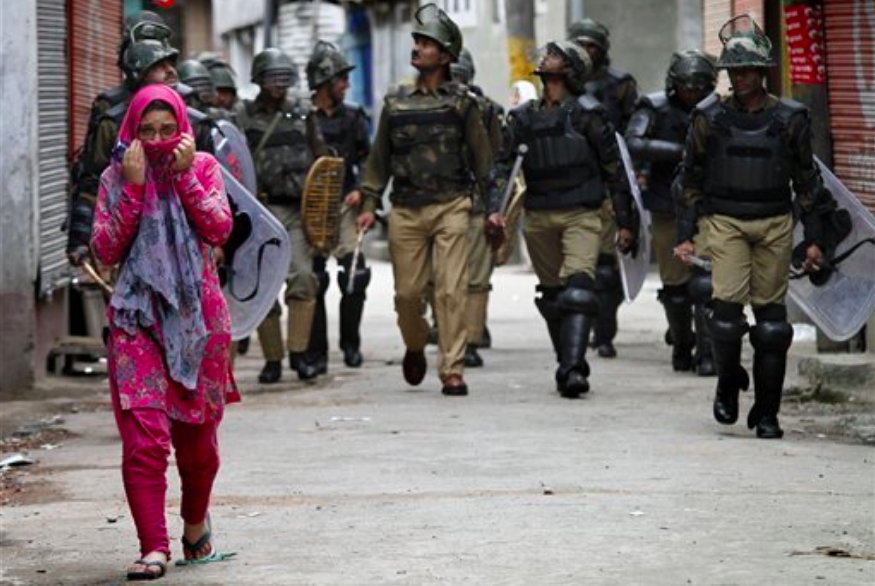
Azad Jammu & Kashmir: 49
The northern part of Azad Jammu and Kashmir encompasses the lower area of the Himalayas, including Jamgarh Peak (4,734 meters). However, Sarwaali Peak” (6326 meters) in Neelam Valley is the highest peak in the State. Fertile, green, mountainous valleys are characteristic of Azad Kashmir’s geography, making it one of the most beautiful regions of the Subcontinent. The region receives rainfall in both the winter and the summer. Muzaffarabad and Pattan are among the wettest areas of Pakistan. Throughout most of the region, the average rainfall exceeds 1400 mm, with the highest average rainfall occurring near Muzaffarabad (around 1800 mm). During the summer season, monsoon floods of the rivers Jhelum and Neelam are common due to extreme rains and snow melting.

Occupied Jammu & Kashmir
Jammu and Kashmir are located in the Himalayan region in the north of India. Jammu and Kashmir’s population in 2020 is estimated to be 13.6 Million (1.3 Crores), by mid of the year 2020 the projected population is 13,606,320. On 5 August 2019, the Government of India scrapped Article 370 from the Constitution of India and integrated with other states and union territories (Article 370 was created on 26 October 1947, signed by Hari Singh, The last Maharaja of Kashmir) and introduced a bill to divide the state into two Union Territories, Jammu and Kashmir, and Ladakh.
Scholar Ian Copland estimated total deaths to be around 80,000, while Ved Bhasin estimated them to be around 100,000. Scholar Christopher Snedden says the number of Muslims killed was between 20,000 and 100,000.
Pakistan’s support for Kashmiris must continue, PNRP will raise its voice and do extremely serious efforts to resolve the Kashmir issue at all costs. PNRP would never give up on the Kashmir issue.

